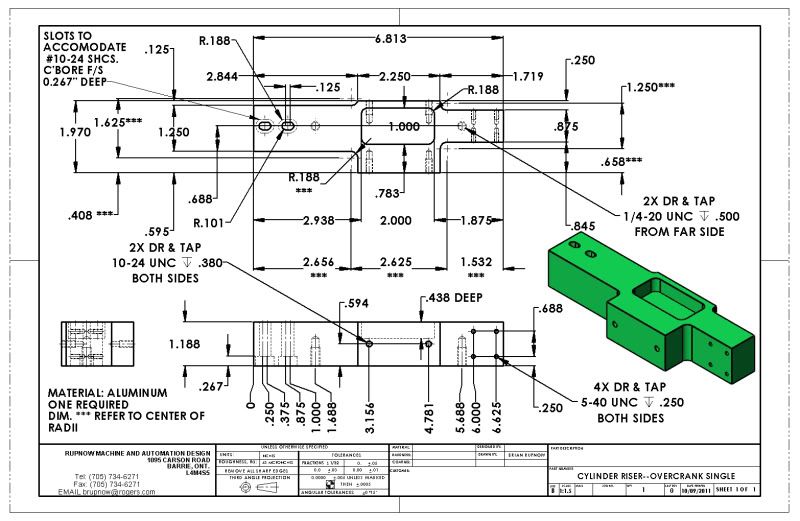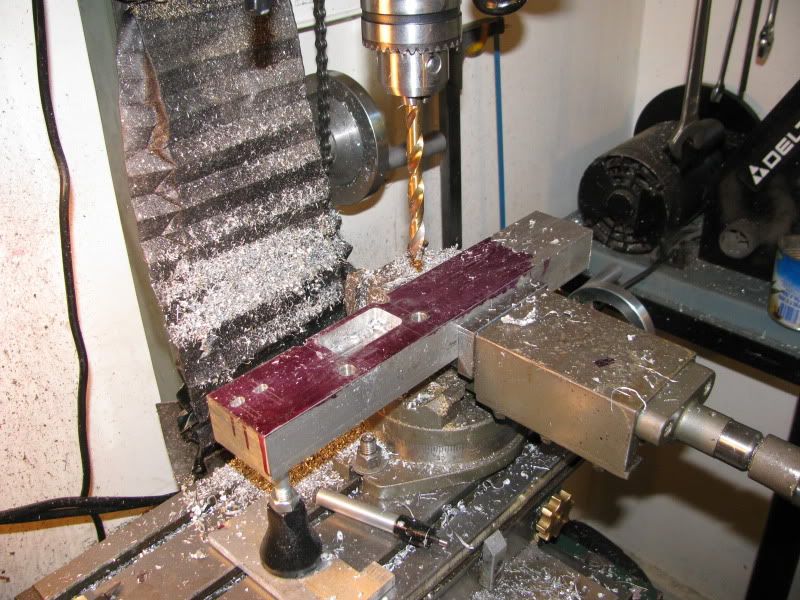I lay in bed last night, thinking about the design of this engine. (I do this quite often at the end of the day, reviewing what I have done and what my next steps will be.) My train of thought was---What actually stops or limits the travel of the piston in the cylinder? Its not the length of the cylinder barrel,---Its the throw of the crankshaft. Because--At its maximum limits of travel, there is in theory, a 1/32" gap between the end of the piston and the cap on each end of the cylinder.----and thats not even taking into account the thickness of the gasket under each cylinder cap. Now the overcrank mechanism is connected solidly to the end of the piston rod. The cylinder is bolted in place, and the crankshaft bearing is fixed in place. If everything is not located with "dead nuts" accuracy, and the connecting rod is a fixed dimension between ends, then how does one adjust things to get that piston centered exactly in the cylinder the way it should be. I can not (Or at least don't want to) adjust the crankshaft position.---So---I must be able to adjust the position of the cylinder in relationship to the crankshaft! Sure enough, I opend Sbwharts drawing package, and that is exactly what he had done.---Put slots in the baseplate to allow him to move the cylinder closer to or farther from the crankshaft. I have any number of things which I could build next, but the danger of that now finished cylinder getting bumped off my bench onto the floor is too great. I think I will tackle the main backbone of this thing, the main spine which everything sets on, and the baseplate.
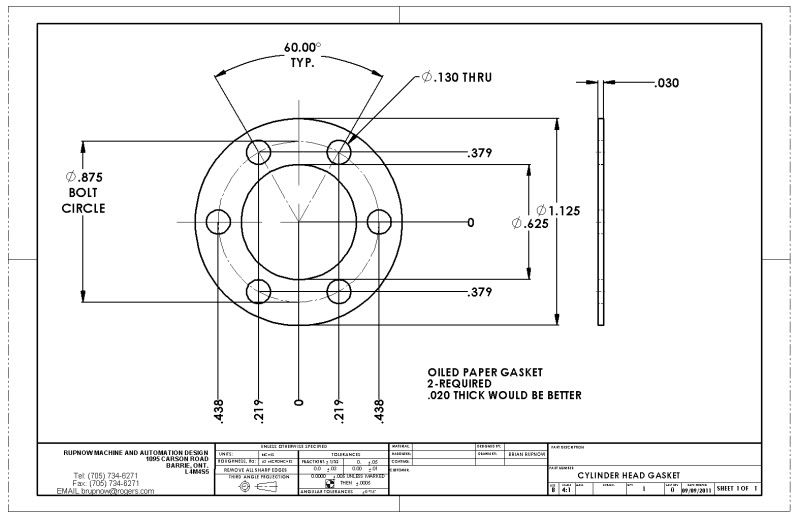
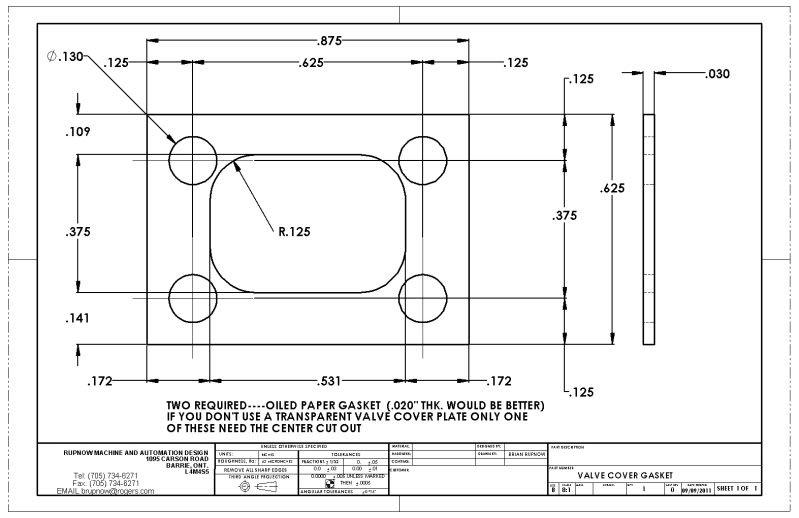







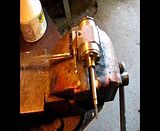
![MeshMagic 3D Free 3D Modeling Software [Download]](https://m.media-amazon.com/images/I/B1U+p8ewjGS._SL500_.png)



![DreamPlan Home Design and Landscaping Software Free for Windows [PC Download]](https://m.media-amazon.com/images/I/51kvZH2dVLL._SL500_.jpg)



















































